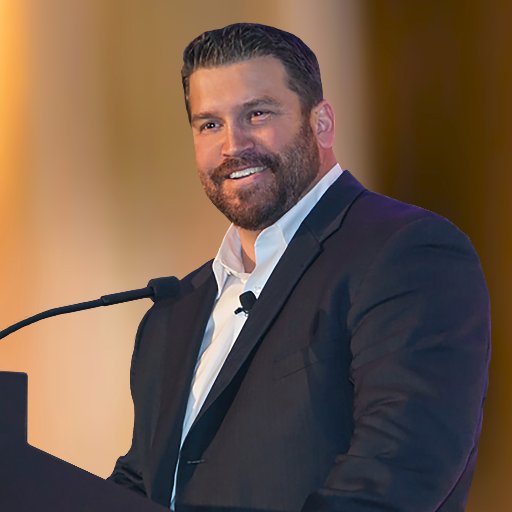PEO Growth
Growth within the PEO industry comes in two ways, organic and via acquisition. Each growth engine has its benefits and challenges. This article will provide a brief overview of variables to consider when mapping out your PEO’s growth objectives and budget plans for 2023 and beyond.
Organic Growth
Organic growth is our preferred method of growth. This doesn’t negate growth via acquisition. However, organic growth provides increased opportunities for the PEO and a foundation to build acquisitional growth.
Benefits of Organic Growth: Growing organically provides the PEO with increased cash flow from operations. This can help fund future organic growth initiatives and/or acquisitions. Additionally, organic growth illustrates that the PEO’s value and price are received by the addressable SMB market. Moreover, organic growth provides the PEO with increased cash flow which can be directed toward expansion. Finally, organic growth helps the PEO achieve scale which can lower COGS and create wider profit margins.
Challenges with Organic Growth: While organic growth may be the preferred method, it isn’t without its challenges. PEOs that grow organically must scale organically. Scaling organically courts challenges with new geographic locations, new personnel, new marketing/branding initiatives, etc. The war for talent is real. PEOs must scale their service team to meet new sales growth. Otherwise, the PEO can suffer higher client attrition and negative brand equity.
As the PEO migrates into new geography, it may not be aware of local nuances that can be impediments to new growth. Markets are different, people are different, scaling organically requires that the PEO understand new markets and geographies to capitalize on expansion efforts. Growing organically requires innovation creation, rather than purchasing innovation within an acquisition. The curve to creating organic innovation versus acquiring innovation is longer.
Acquisitional Growth
Benefits of Acquisitional Growth: Growth via acquisition has historically been a key facet in building many of the largest PEOs. Especially those backed by private equity investors. Acquisitional growth can speed up the timeline to increased scale. Moreover, acquisitions can provide local market knowledge, integration efficiencies, and post-acquisition growth incentives. Further, acquisitions can bring various components to the equation that can be spread over the macro entity, This may equate to increased profit margins and a more diverse offering to the PEO’s clientele.
Challenges with Acquisitional Growth: While acquisitional growth can make sense for both the seller and the buyer, PEOs that lack organic growth are dependent on acquisitional growth for increase. As such, growth via acquisition always comes with a higher price tag. Additionally, the purchasing PEO runs the risk of client attrition post acquisition. Post-acquisition assimilation can be tricky. Many buyers will merge technology, insurance platforms, 401(k) vehicles, sales commission structures, culture, protocol, and execution strategies post-acquisition. This may result in client attrition, increased liabilities, leadership misalignment, and employee turnover. PEOs that lack material organic growth which are reliant on acquisitional growth may run the risk of devaluing the organization by overpaying for acquisitions out of necessity.
Ideal Scenario for Growth
The ideal scenario for growth is substantiated organic growth coupled with selective acquisitional growth. Consistent organic growth shows a propensity for value prop acceptance. It further illustrates a good service model and strong go-to-market strategy. Sustained organic growth keeps the PEO from being beholden to acquisitional growth. Moreover, organic growth improves the PEO’s cash position which will help fund future acquisitions.
With a solid foundation of organic growth, the PEO may then select acquisitions that complement the existing PEO business. An organic grower is not pressured to make acquisitions and therefore is not subject to overpay for acquisitions. Moreover, a PEO that has demonstrated organic growth may buy a PEO with a solid infrastructure, value prop, and execution strategy, but one that has lacked in organic growth. The purchasing PEO can then bolt on a sale engine to the acquisition and realize increased value post-acquisition.
Finally, an organic growing PEO knows how to sell. It can select acquisitions that may have features new to the purchasing PEO. This allows the buyer to round out their offering and/or create higher client penetration rates, and increase its margins through additional profit pools.
About the Author

Rob Comeau is the Founder and Featured Author of NPG. Additionally, Comeau is the CEO of Business Resource Center, Inc., a business consulting and buy-side M&A advisory firm to the PEO industry.
About BRC
Business Resource Center, Inc. works with PEO’s in a consulting capacity to drive organic growth, develop go-to-market strategies, train the sales force, and build channel strategies and partnerships. BRC also works with PEOs to develop their acquisition thesis and procure new acquisition targets. To learn more about BRC’s offering, visit us on the web at www.biz-rc.com.
